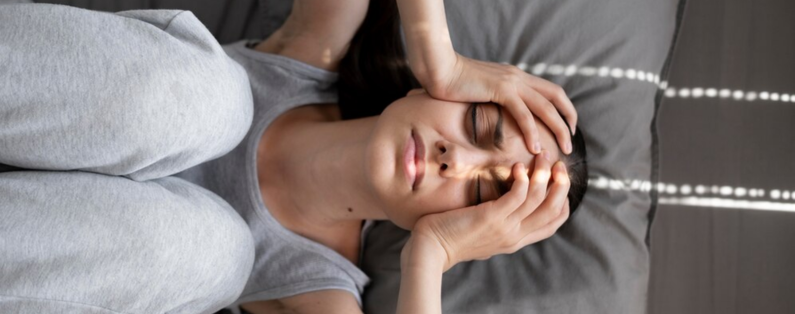Understanding the Physical Symptoms of Anxiety
Anxiety is a natural and common human response to stress or perceived threats. While it primarily manifests as a psychological condition, it can also produce a range of physical symptoms that significantly impact an individual's well-being. In this article, we will provide a detailed exploration of the physical symptoms of anxiety, including a definition of what it is, examples of how it presents, and what individuals can do to treat and manage these symptoms effectively.

Defining the Physical Symptoms of Anxiety
The physical symptoms of anxiety encompass a broad range of bodily reactions that result from the body's "fight or flight" response to stress. When faced with a perceived threat, the body releases adrenaline and cortisol, preparing for a rapid and heightened response. These physical symptoms are the body's way of coping with stress, but when anxiety becomes chronic or excessive, these reactions can become overwhelming.
Examples of How It Presents
1. Rapid Heart Rate: One of the most common physical symptoms of anxiety is an increased heart rate, known as tachycardia. This can make an individual feel as though their heart is racing or pounding in their chest.
2. Shortness of Breath: Anxiety often leads to shallow, rapid breathing, which can result in shortness of breath, chest tightness, or a feeling of suffocation.
3. Muscle Tension: Anxiety frequently causes muscle tension, leading to symptoms like neck and shoulder pain, jaw clenching, and headaches.
4. Digestive Issues: Gastrointestinal problems, such as stomachaches, diarrhea, or irritable bowel syndrome (IBS), are common physical manifestations of anxiety.
5. Sweating: Anxiety can trigger excessive sweating, even in non-stressful situations. This can be embarrassing and uncomfortable.
6. Trembling or Shaking: Some individuals experience trembling or shaking in their hands, legs, or other parts of the body during anxiety episodes.
7. Dizziness or Lightheadedness: Feelings of dizziness or lightheadedness can occur, sometimes leading to fainting in extreme cases.
Treating and Managing Physical Symptoms of Anxiety
Managing the physical symptoms of anxiety is essential for enhancing one's quality of life. Here are some strategies individuals can employ:
1. Cognitive-Behavioral Therapy (CBT): CBT helps individuals recognize and challenge irrational thoughts and behaviors related to anxiety. It can teach them coping strategies to manage both the psychological and physical aspects of anxiety.
2. Medication: In some cases, healthcare providers may prescribe medications such as anti-anxiety drugs or antidepressants to alleviate the physical symptoms of anxiety. These medications are often used in combination with therapy.
3. Relaxation Techniques: Learning relaxation techniques such as deep breathing exercises, progressive muscle relaxation, and mindfulness meditation can help individuals manage the physical manifestations of anxiety.
4. Lifestyle Modifications: Engaging in regular physical activity, maintaining a balanced diet, and ensuring adequate sleep can help alleviate some physical symptoms of anxiety.
5. Avoid Triggers: Identifying and avoiding specific triggers can help reduce the frequency and intensity of physical symptoms. This might involve lifestyle changes or setting healthy boundaries.
6. Support Systems: Sharing experiences and seeking support from friends, family, or support groups can provide individuals with understanding and encouragement during their journey to manage anxiety.

Conclusion
Anxiety is a complex condition that goes beyond the psychological realm, often leading to a wide array of physical symptoms. Understanding the physical manifestations of anxiety is vital for individuals experiencing them, as well as for healthcare professionals providing treatment and support. Recognizing these symptoms and employing effective strategies for treatment and management can empower individuals to regain control over their physical and emotional well-being, ultimately improving their overall quality of life.